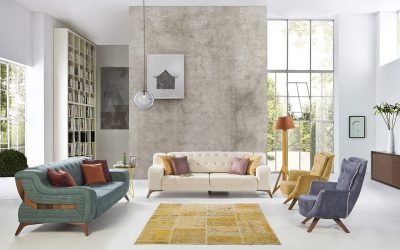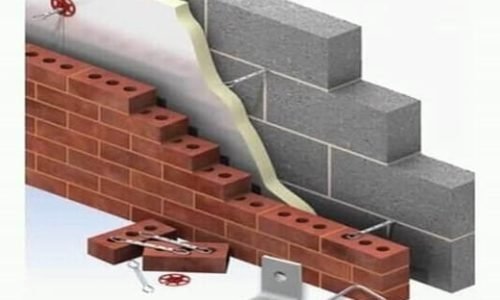
Thermally Modified Wood
Thermally modified wood (TMW) is a relatively innovation in the wood industry, offering enhanced durability and stability through a specialized heat treatment process. This advanced technique transforms the properties of wood, making it more suitable for various applications, especially in environments where traditional wood would typically deteriorate.
The Process of Thermal Modification
The process of thermal modification involves heating wood to temperatures between 160°C and 220°C (320°F to 428°F) in a controlled environment with little to no oxygen. This lack of oxygen prevents the wood from burning while allowing the heat to alter the wood’s chemical and physical properties. The key steps in the process are:
1. Drying Phase: The wood is initially dried at lower temperatures to reduce its moisture content.
2. Heating Phase: The temperature is gradually increased to the desired level, altering the structure of the wood.
3. Cooling Phase: After the desired temperature is maintained for a specific period, the wood is slowly cooled down.
This process results in several beneficial changes to the wood, enhancing its properties significantly.
Benefits of Thermally Modified Wood
1. Enhanced Durability: TMW is more resistant to decay and insect damage compared to untreated wood. The high temperatures break down hemicelluloses, which are the primary food source for many wood-destroying fungi and insects.
2. Improved Dimensional Stability: The heat treatment reduces the wood’s tendency to absorb moisture, thereby minimizing swelling, warping, and shrinkage. This makes TMW an excellent choice for applications where moisture exposure is a concern.
3. Increased Hardness: The thermal modification process can increase the wood’s hardness, making it more resistant to surface wear and mechanical damage.
4. Reduced Resin Content: The high temperatures can evaporate or decompose resins in the wood, leading to a cleaner finish, especially useful in applications like saunas or cladding.
5. Aesthetic Appeal: TMW often acquires a richer, darker color similar to that of exotic hardwoods. This aesthetic enhancement makes it desirable for high-end architectural and design projects.
Applications of Thermally Modified Wood
Due to its improved properties, TMW is suitable for a wide range of applications, including:
– Outdoor Decking: Its resistance to moisture and decay makes it ideal for decks and patios.
– Cladding and Siding: TMW provides a durable and aesthetically pleasing option for building exteriors.
– Furniture: The enhanced stability and attractive appearance are perfect for indoor and outdoor furniture.
– Flooring: Increased hardness and stability make TMW an excellent material for hardwood floors.
– Saunas: The low resin content and high thermal resistance are beneficial in sauna construction.
Environmental Impact
One of the significant advantages of thermally modified wood is its environmental sustainability. The process:
– Reduces the Need for Chemical Treatments: Unlike pressure-treated wood, TMW does not require the use of chemicals, making it a safer and more eco-friendly option.
– Utilizes Renewable Resources: The process can be applied to locally sourced, fast-growing wood species, reducing the reliance on tropical hardwoods and promoting sustainable forestry practices.
Thermally modified wood represents a significant advancement in the wood industry, offering a range of enhanced properties that make it suitable for diverse applications. Its improved durability, stability, and aesthetic qualities, combined with its environmentally friendly profile, position TMW as a highly attractive material for modern construction and design. As the demand for sustainable and high-performance materials continues to grow, thermally modified wood is likely to become an increasingly popular choice among architects, builders, and designers.



